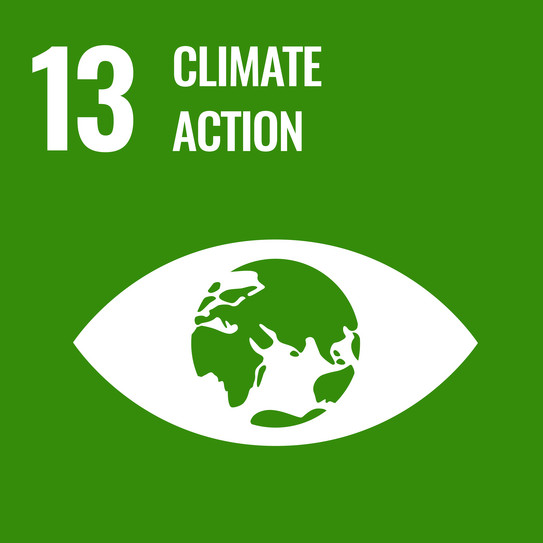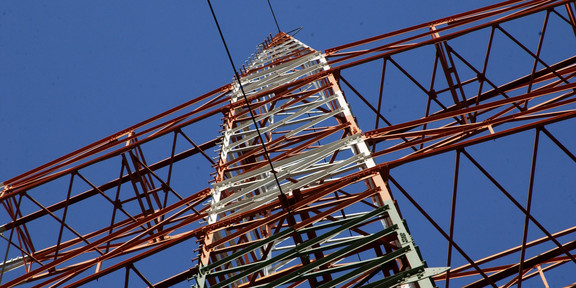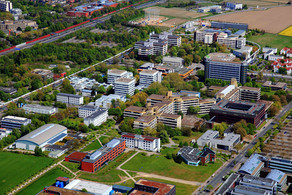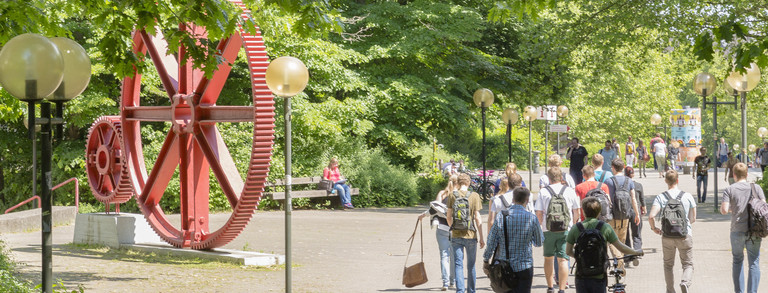Goal 13: Climate action
SDG 13 is divided into several sub-goals. It provides for strengthening resilience and adaptive capacity to climate-related hazards (13.1), mainstreaming climate action into national policies and strategies (13.2), and improving human and institutional capacities in the field of climate change mitigation and adaptation (13.3).
Internationally, this is to be achieved by jointly mobilising 100 billion US dollars annually by 2020 from private and public sources to support developing countries (13.a), as well as promoting planning and management capacities in the least developed countries (13.b).

News on climate action
Switch to green electricity
- Projekte
- 7 Bezahlbare und saubere Energie
- 13 Massnahmen zum Klimaschutz
- Arbeitskreis Nachhaltigkeit

TU Dortmund University is improving its carbon footprint and will be purchasing certified green electricity from 100% renewable energy sources from 01.01.2022. By purchasing green electricity, TU Dortmund University will reduce its CO2 emissions by around 8,300 tonnes each year compared to purchasing the German electricity mix. The basis for calculating emissions here is the national average of around 366 g CO2 equivalents per kilowatt hour in 2020. By purchasing green electricity, one of the central goals of the sustainability strategy to switch to green electricity by 2025 has already been achieved.
Currently, TU Dortmund consumes around 41 million kilowatt hours of electricity per year. Of this, around 45% is produced highly efficiently in the university's own combined heat and power plant using natural gas, while the remaining 55% is purchased from a German energy supplier. In order to further improve the carbon footprint of the university's electricity consumption, TU Dortmund University is seeking to install PV systems. Currently, electricity production through PV systems only has a small share of about 0.1%.




